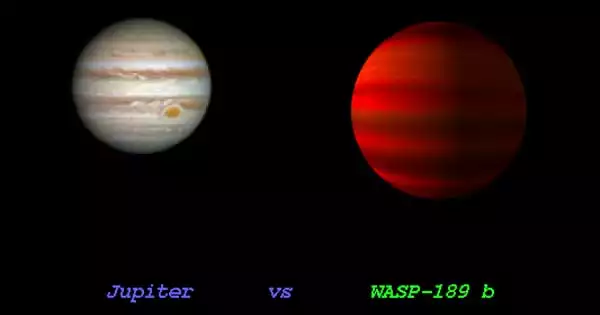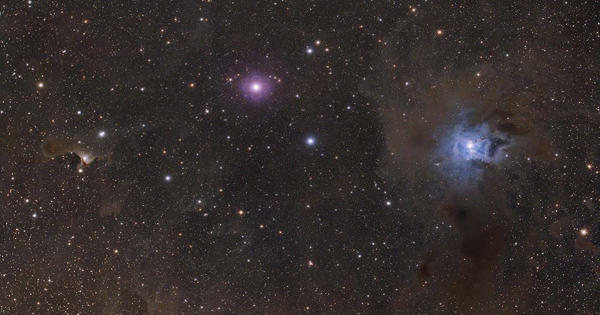Dark matter makes up five-sixths of all stuff in the universe, according to our best estimates. We have yet to confirm the existence of this intangible material. It only interacts with gravity, and a new study suggests that this gravitational relationship may not be as traditional as previously thought. Researchers from Italy suggest the so-called non-minimal interaction between gravity and dark matter, according to The Astrophysical Journal. This means that the gravitational effect of dark matter and how it affects space-time differs from the minimum coupling between gravity and ordinary matter that connects us to the rest of the universe.
According to astronomers’ studies of the rotation of galaxies, there should be a lot more stuff out there than we can see with our telescopes. Vera Rubin, Kent Ford, and Ken Freeman’s work from the 1960s and 1970s has not only been validated, but new evidence has subsequently revealed that dark matter may exist. Despite being proposed five decades ago, we still don’t know what dark matter is. There have also been speculations that dark matter may not be required to explain what we see in the cosmos. We need to revise our understanding of gravity laws.
Gravity is at the heart of everything, and it might be the key to comprehending what’s going on. “We questioned ourselves: is gravity incorrect or are we just missing something important about dark matter’s nature?” stated authors Giovanni Gandolfi, Andrea Lapi, and Stefano Liberati in a release. What if dark matter and ordinary ‘baryonic’ matter don’t interact in the way we’ve always assumed? We attempted to answer these fascinating questions via our study.”
Their model appears to be generally compatible with data and can explain the features of many types of galaxies, which is a critical first step for a novel approach to dark matter. While non-minimal coupling hasn’t been used to describe dark matter previously, it has been proposed for other mysterious phenomena in the cosmos.
The authors stated, “This property of dark matter is not a piece of novel exotic basic physics.” “With known physics alone, one may explain the presence of this nonminimal connection.” The essential test of a theory is its ability to forecast what we are still to learn once it can explain what we observe. However, the team is convinced that this methodology will continue to work. The scientists stated, “The future of dark matter appears brighter.” “Further research will be conducted to examine all of the intriguing ramifications of this putative new dark matter characteristic.” We wouldn’t be shocked if this non-minimal connection turned out to be the answer to other Universe mysteries.”
















